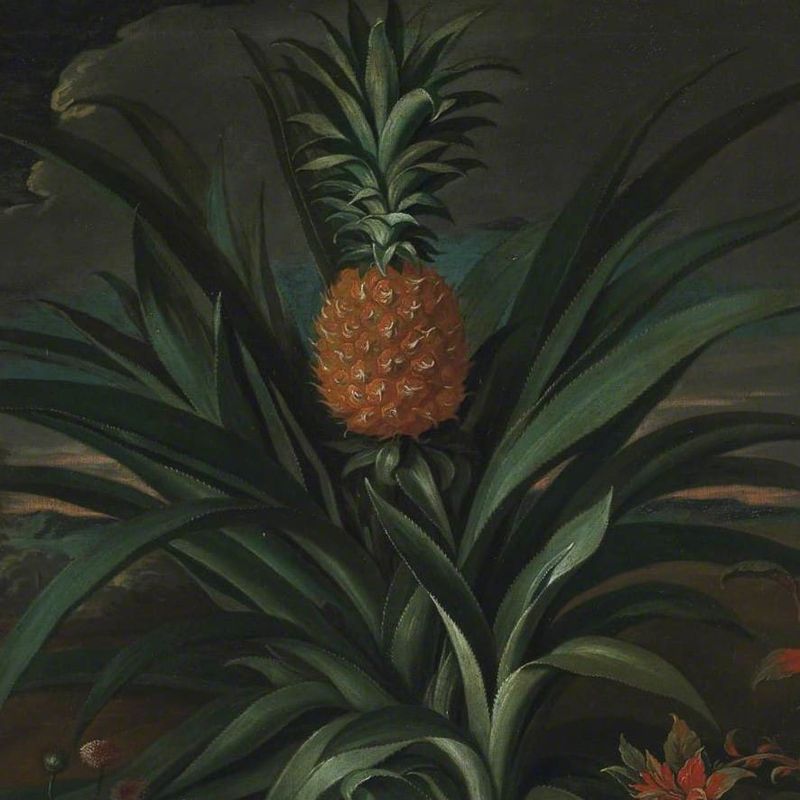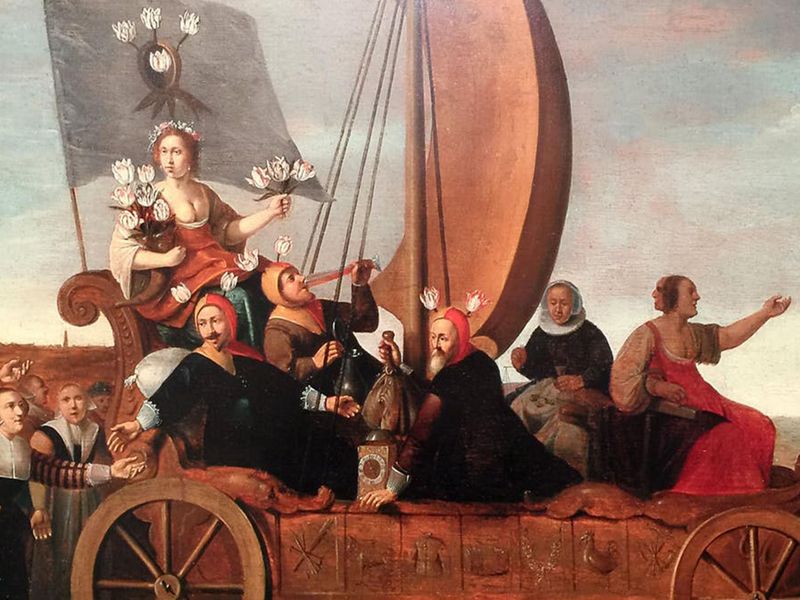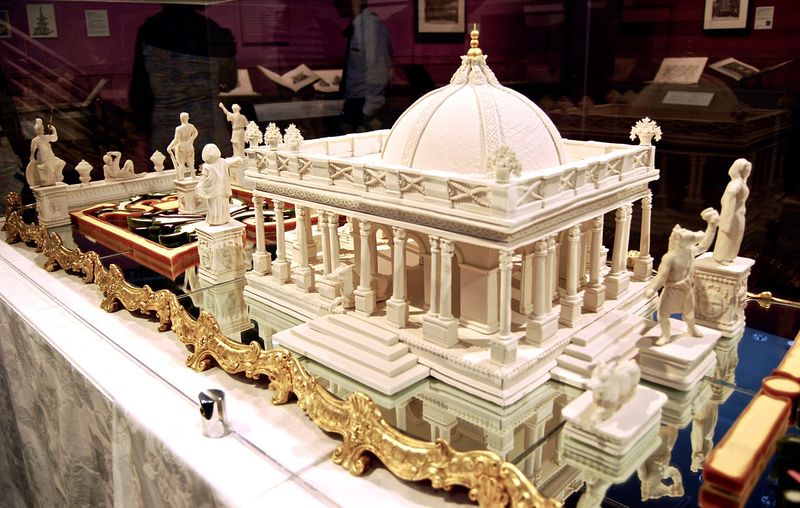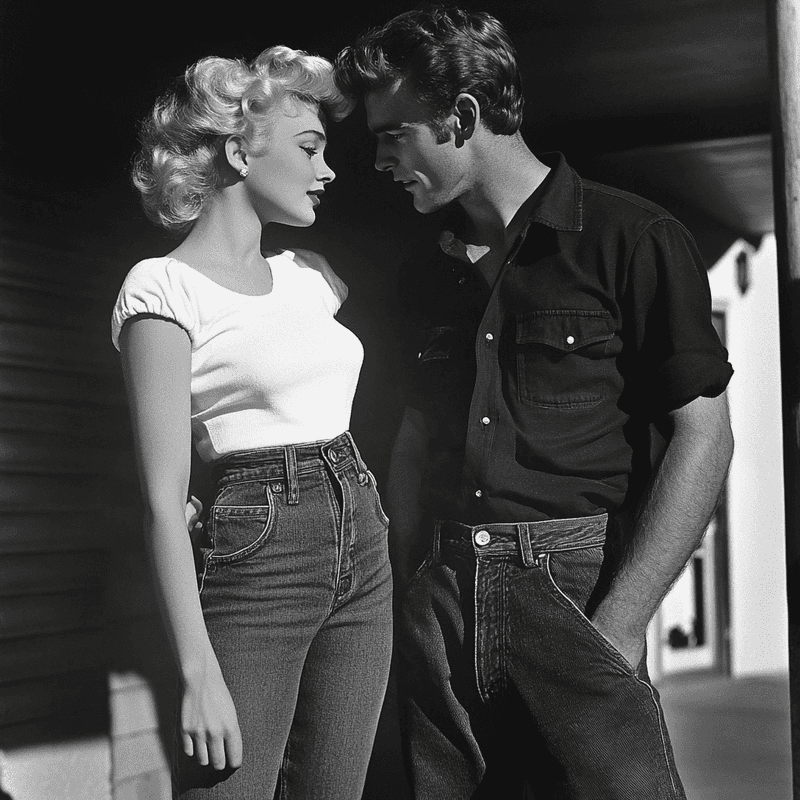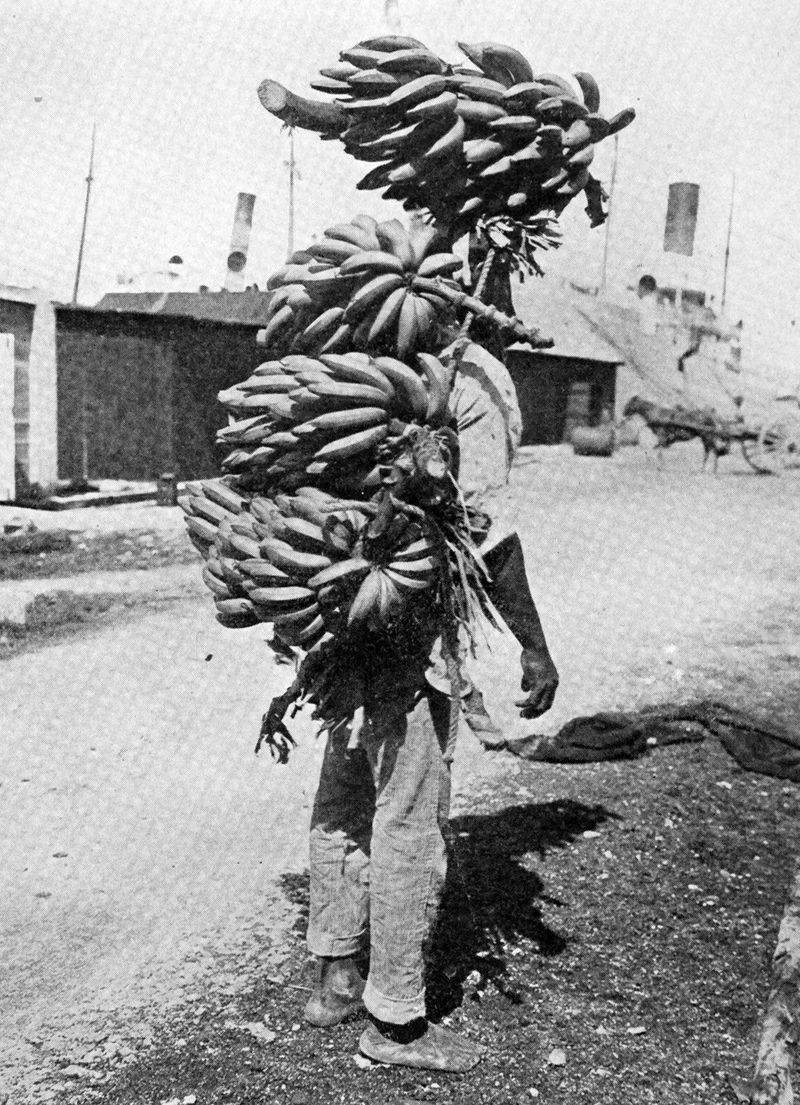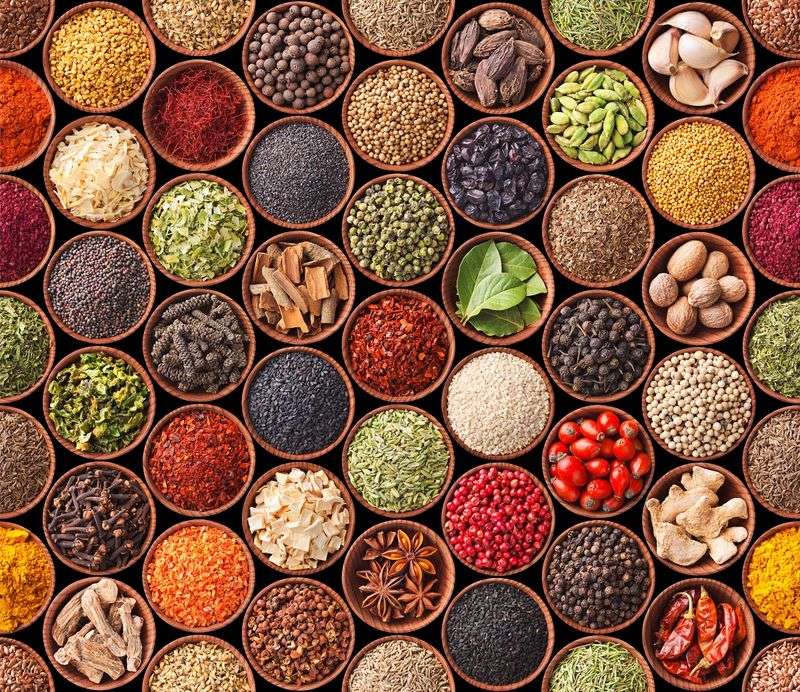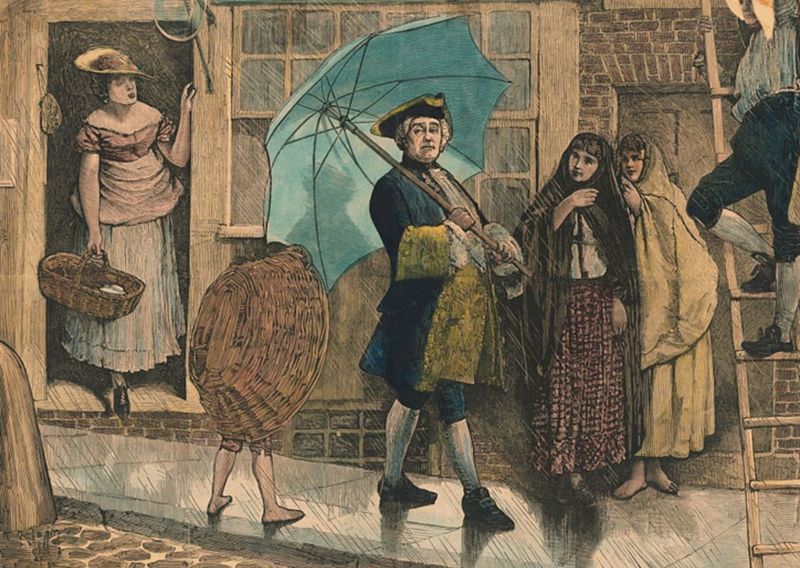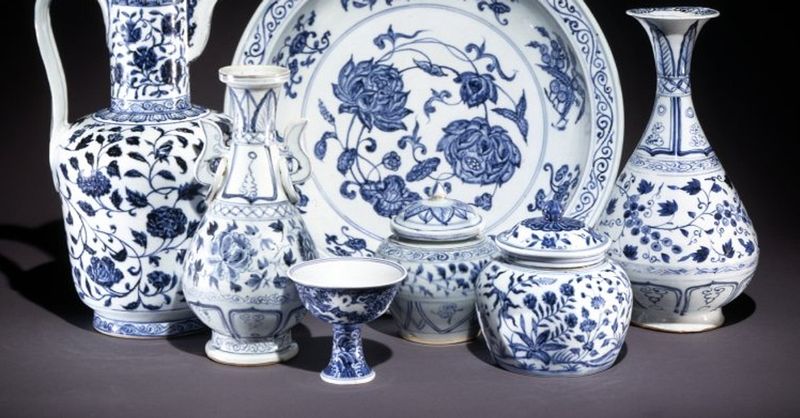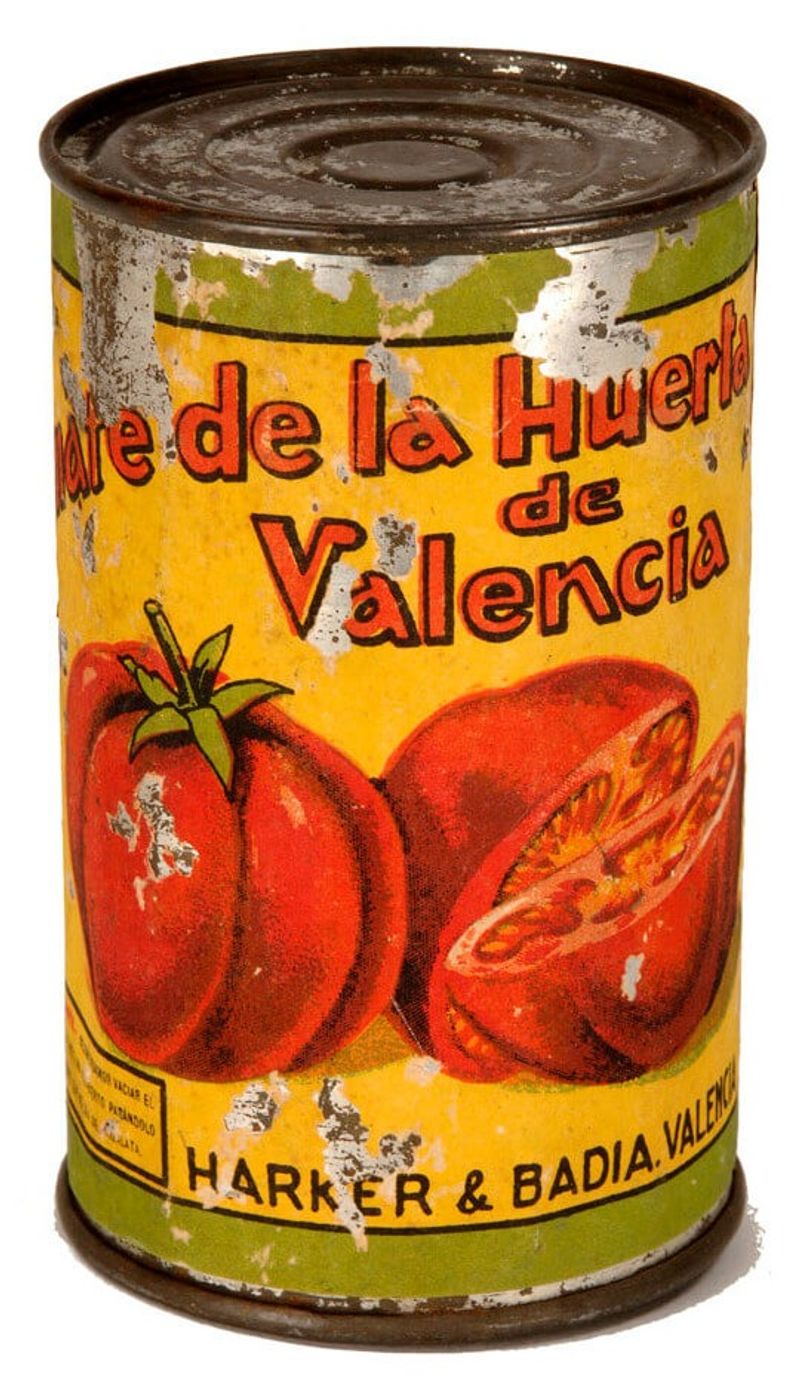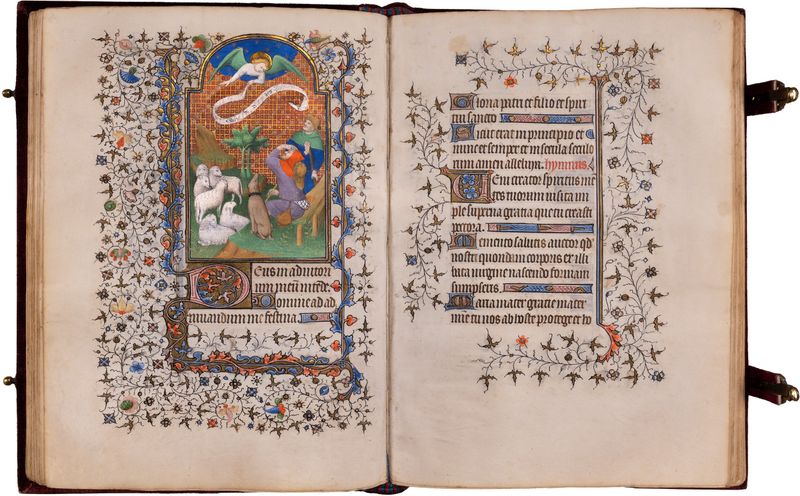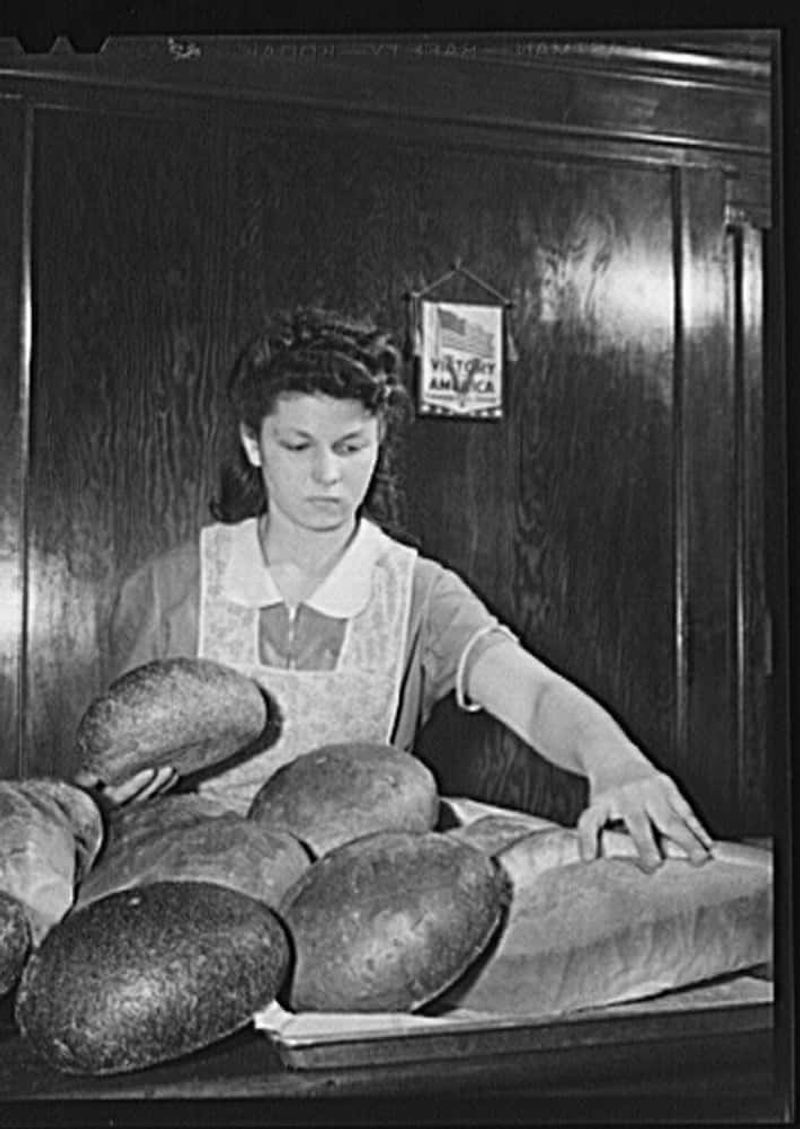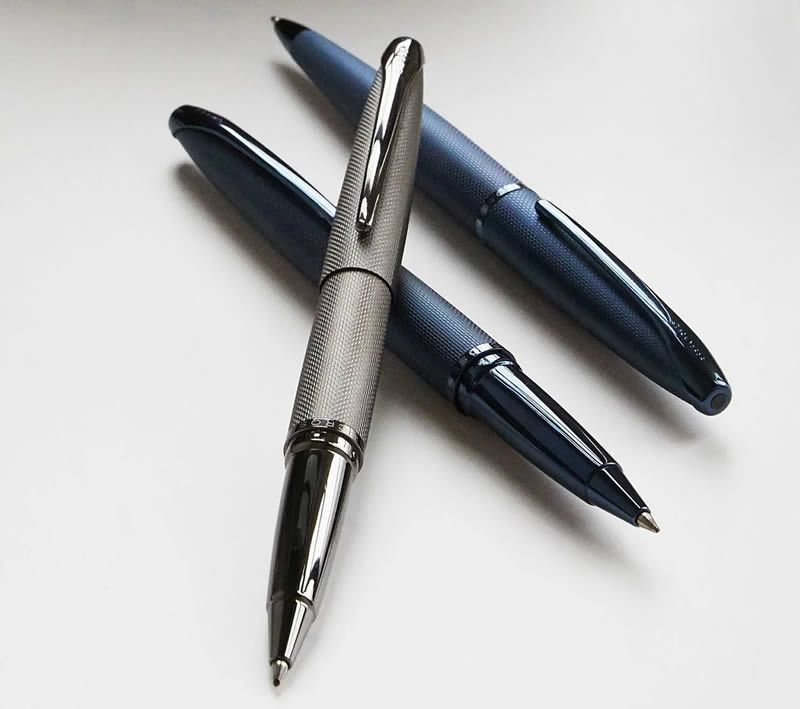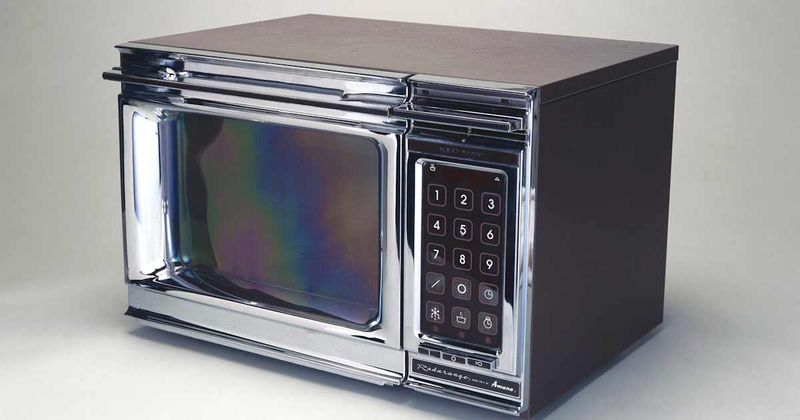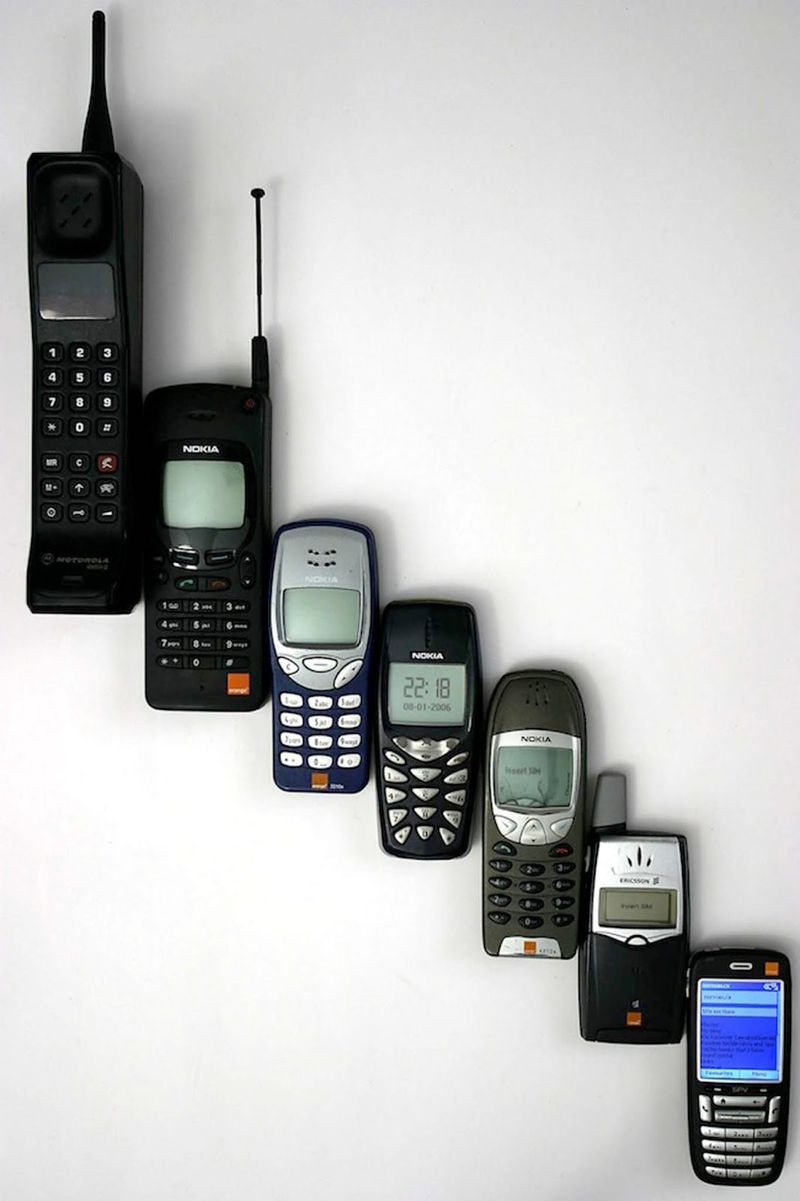In everyday life, certain objects once stood as symbols of wealth and status. This blog explores 22 such objects, revealing how they transitioned from rarities to common items. Dive into the fascinating history behind these ordinary objects that were once the envy of those who could not afford them.
1. Pineapples
In 18th-century Europe, pineapples were so rare and expensive that they became a symbol of wealth. These exotic fruits were often used as extravagant centerpieces at lavish gatherings. But rather than consume them, some hosts would rent them to showcase their affluence.
The pineapple’s rarity made it a coveted item, representing hospitality and luxury. Its unique appearance and taste added to its allure.
Over time, as trade routes expanded, pineapples became more accessible, losing their status symbol significance. Today, they are a common sight in supermarkets worldwide, a reminder of their prestigious past.
2. Salt
In ancient Rome, salt was a vital commodity, essential for preserving food and enhancing flavor. It was so valuable that Roman soldiers were sometimes paid with it, giving rise to the term ‘salary.’ Salt’s value extended beyond Rome, affecting trade and empires.
Its significance was such that wars were fought over its control. Salt was not merely a seasoning; it was a necessity.
As methods to harvest and produce salt improved, its scarcity and value diminished. Today, it is a staple on every dining table, far removed from its once lofty status.
3. Tulips
The 1630s in the Netherlands witnessed a phenomenon known as “Tulip Mania,” where tulip bulbs became the ultimate status symbol. A single bulb could fetch prices high enough to purchase a mansion.
The craze was driven by the flower’s beauty and rarity, attracting speculators hoping to profit. Tulips were more than flowers; they were assets.
However, the market eventually crashed, leaving many bankrupt. Tulips, now affordable and common, serve as a reminder of one of history’s earliest financial bubbles, illustrating the capricious nature of value.
4. White Sugar
In medieval times, refined white sugar was a symbol of wealth and power. While brown sugar was common among peasants, white sugar was reserved for the elite.
It was used not just for sweetening but also for creating intricate sugar sculptures at feasts, showcasing artistic talent and status.
The labor-intensive refining process made it expensive, adding to its allure. As sugar production methods advanced, white sugar became more accessible, shedding its elite image. Today, it is a staple in homes worldwide, far from its exclusive origins.
5. Aluminum
In the 1800s, aluminum was more valuable than gold, a status symbol among the elite. Napoleon III famously served honored guests on aluminum plates, a testament to its value.
At that time, aluminum was difficult to extract, making it rare and expensive. Its lightweight and non-corrosive properties added to its appeal.
With advancements in extraction methods, aluminum became more affordable and widespread. Today, it is used in everyday items, from cans to airplanes, losing its status symbol luster but remaining essential.
6. Blue Jeans (Denim)
Originally designed as durable workwear, blue jeans transformed into a status symbol in the 1950s. Hollywood rebels like James Dean popularized them, associating jeans with youthful rebellion and coolness.
Jeans became a fashion statement, representing freedom and individuality. Their practicality and style appealed to a broad audience, transcending social classes.
As denim evolved, it maintained its iconic status but became a staple in wardrobes worldwide. Today, jeans are ubiquitous, illustrating how a symbol of rebellion became a timeless fashion essential.
7. Bananas
In the early 1900s, bananas were exotic luxuries in the United States, symbolizing wealth and indulgence. Their tropical nature made them rare and appealing gifts at extravagant gatherings.
Bananas’ sweet taste and convenience added to their allure, making them desirable treats for the elite. Importation challenges kept prices high.
As shipping methods improved, bananas became more accessible, turning into a common fruit. Today, they are a staple in many households, a far cry from their status as a luxury item.
8. Spices (Pepper, Cinnamon, Nutmeg)
During the Middle Ages, spices like pepper, cinnamon, and nutmeg were worth their weight in gold. They were coveted luxury items, essential for preserving food and enhancing flavors.
Spices were symbols of wealth and power, often used as gifts for royalty. Their exotic origins and difficulty in obtaining added to their allure.
As trade routes expanded and cultivation methods improved, spices became more available, losing their status as luxury items. Today, they are common in kitchens worldwide, but their rich history remains fascinating.
9. Umbrellas
In 18th-century England, umbrellas were seen as status symbols, marking the wealthy from the commoners. Carrying an umbrella indicated affluence, as most people braved the rain without them.
Umbrellas were not just practical but also fashionable, often crafted from luxurious materials and adorned with intricate designs.
As they became more affordable and widely produced, umbrellas transitioned from a luxury item to a common accessory. Today, they are used by people of all walks of life, offering both practicality and style.
10. Wristwatches
In the early 20th century, wristwatches were exclusive timepieces, worn by the elite to flaunt their sophistication. They replaced pocket watches, offering convenience and style.
Owning a wristwatch was a statement of wealth and modernity, often associated with high fashion.
As manufacturing techniques improved, wristwatches became more accessible, eventually overshadowed by smartphones. However, they remain cherished accessories, symbolizing elegance and precision in a digital age.
11. Porcelain (China)
European aristocrats in the past prized imported Ming Dynasty porcelain, known as “white gold.” These exquisite pieces were symbols of sophistication and wealth, often displayed in opulent homes.
The intricate designs and delicate craftsmanship made porcelain a coveted item, reflecting the owner’s taste and status.
As porcelain production spread and became more accessible, it transitioned from a luxury to a common household item. Yet, it remains a symbol of refinement and artistry, cherished by collectors and connoisseurs.
12. Canned Food
In the 19th century, canned food was a novelty for the rich, offering convenience and variety previously unavailable. It was a symbol of modernity and progress, embraced by the affluent.
Canning preserved food longer, allowing for exotic items to be enjoyed year-round, an appealing prospect for those who could afford it.
As production methods improved, canned food became more widespread, losing its exclusive status. Today, it is a pantry staple, a testament to innovation and accessibility.
13. Pink Lawn Flamingos
In the 1950s, pink lawn flamingos emerged as symbols of mid-century modern affluence. These whimsical decorations adorned the lawns of stylish suburban homes, reflecting a playful take on luxury.
Flamingos were not just garden ornaments but cultural icons, embodying leisure and prosperity. Their vibrant color and quirky appeal set them apart.
Over time, they became kitsch, associated with nostalgia and retro charm. Today, they are embraced both ironically and sincerely, a nod to their colorful past.
14. Quartz Countertops
Quartz countertops were once considered a luxury in home design, embodying elegance and sophistication. Their durability and aesthetic appeal made them desirable for high-end kitchens.
As more affordable alternatives to marble and granite, quartz gained popularity among the affluent, symbolizing modern luxury.
Today, quartz countertops are standard in many households, appreciated for their practicality and beauty. While they no longer denote exclusivity, they continue to reflect a sense of refined taste.
15. Perfume
Ancient Egyptians and later French royalty used perfume to mask odors, representing sophistication and elegance. Perfume was an art form, crafted from rare ingredients, symbolizing power and refinement.
It was not just a scent but an expression of identity and status, often associated with the elite.
As perfume-making evolved, it became accessible to the masses. Today, it remains a popular luxury, celebrated for its ability to evoke emotion and memory, retaining an aura of allure.
16. Books
Before the printing press, books were rare treasures, hand-copied by scribes and reserved for the elite. They were symbols of intellectual wealth and authority, often found in the possession of scholars and nobility.
Books were not just sources of knowledge but status symbols, reflecting the owner’s education and influence.
With the advent of the printing press, books became more accessible, democratizing knowledge. Today, they are ubiquitous, yet their historical significance as symbols of enlightenment endures.
17. Ice
In the 1800s, ice was a luxury for the wealthy in tropical regions, shipped from frozen lakes. Its ability to preserve food and provide cool drinks made it highly coveted.
Ice was a symbol of affluence, showcasing the owner’s ability to access rare commodities.
As refrigeration technology advanced, ice became commonplace, losing its status as a luxury item. Today, it is an everyday convenience, a testament to technological progress and accessibility.
18. White Bread
In the early 1900s, refined white bread was a status symbol, preferred over whole grain varieties deemed ‘peasant’ food. Its fine texture and purity appealed to the affluent.
White bread was associated with modernity and progress, a reflection of changing tastes and societal norms.
As production methods evolved, white bread became more accessible, losing its elite image. Today, it is a dietary staple, part of the diverse array of bread options available worldwide.
19. Ballpoint Pens
When first introduced in the 1940s, ballpoint pens were expensive and exclusive, symbols of innovation and modernity. They offered convenience and reliability, appealing to professionals and executives.
Ballpoint pens represented progress, replacing traditional fountain pens with a sleek design.
As production increased, prices dropped, and ballpoint pens became widely available. Today, they are common writing tools, yet their initial impact as a status symbol remains notable, reflecting technological advancement.
20. Color TVs
In the 1960s, color TVs were symbols of modernity and prosperity, coveted by families eager to embrace new technology. Owning one indicated wealth and a forward-thinking mindset.
Color televisions revolutionized entertainment, offering vibrant images and captivating experiences.
As prices became more affordable, color TVs became household staples. Today, they are standard, yet their initial status as a luxurious innovation is still remembered, marking a significant shift in home entertainment.
21. Microwaves
In the 1970s, microwaves represented high-tech luxury, a coveted addition to modern kitchens. They offered convenience and efficiency, appealing to busy households.
Microwaves were symbols of progress, reflecting a futuristic lifestyle and the ability to afford cutting-edge technology.
As they became more affordable, microwaves transitioned from luxury to necessity. Today, they are ubiquitous, essential for quick meal preparation, highlighting the evolution of convenience in everyday life.
22. Mobile Phones
The first mobile phones in the 1980s were status symbols, their hefty size and high price marking them as exclusive devices for the elite. Owning one showcased wealth and a connection to cutting-edge technology.
These “brick” phones represented communication freedom and business prowess, appealing to affluent individuals and professionals.
As technology advanced, mobile phones became smaller and more affordable. Today, they are indispensable, yet their early status as a luxury item highlights the rapid evolution of personal communication technology.

